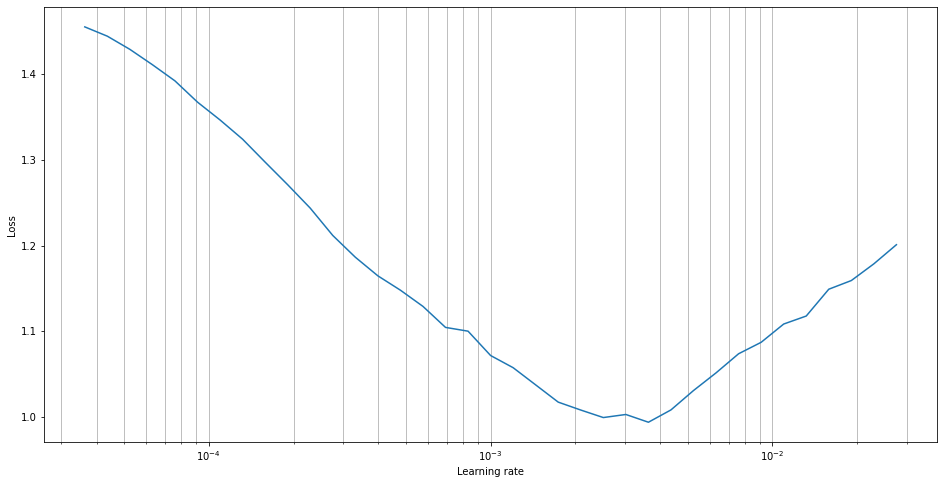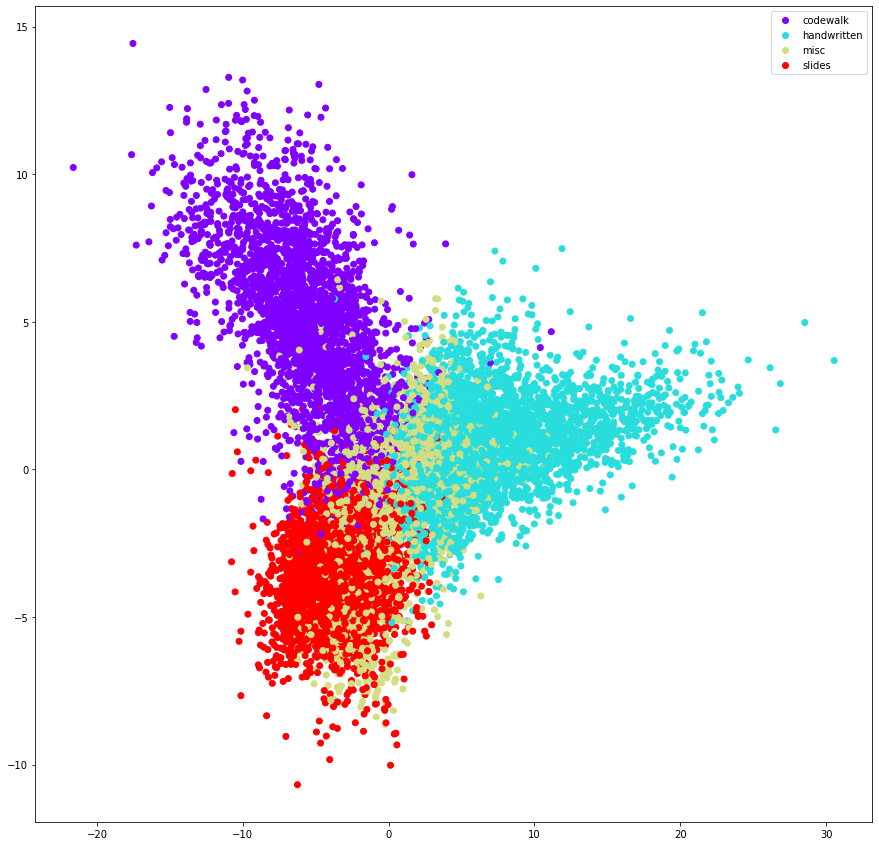Follow VideoFrameClassification.ipynb for a walkthrough of the entire problem statement
-
Network: ResNet 18 was chosen. Simpler architectures like VGG-16 requires 6x the number of parameters in ResNet18 and requires more number of operations. The given problem statement doesn't require deeper architectures like ResNet-52, 102 or 152. An experiment with ResNet52 gives approximately the same accuracy on the test set.
-
Split Ratio: 80% of the entire dataset in the train set and 20% in the test set. 10% of the train set was isolated for the validation set.
-
Data Augmentation: Resizing to 224x224, random rotation, horizontal flipping, random cropping and normalizing w.r.t ImageNet means and std dev.
-
Architecture Settings:
- Network: ResNet18
- Transfer Learning from weights pretrained on ImageNet
- Batch Size: 64
- Learning Rate: 1e-3
- Learning Rate Scheduler: OneCycleLR
- Optimizer: Adam
- Loss Criterion: Cross Entropy Loss
-
After epoch 5, we achieve a training loss of 0.457, training accuracy of 80.32%. We obtain a validation loss of 0.496 and validation accuracy of 79.28%. Further training leads to overfitting with a large divergence between training and validation accuracies.
-
Using the weights from epoch 5, we obtain a test loss of 0.508 and test accuracy of 79.25%. (ResNet50 gave 80.04%)
-
Why are the true positives low for the 'misc' class, whereas the model is able to classify the other three classes with a very high accuracy? Reason is, there are a lot of misclassified examples in the 'misc' class that should go in to the other three classes. We can observe this by visualizing the incorrect examples of the classifier and also through the PCA plot. Hence, our classifier is indeed performing rightly.


